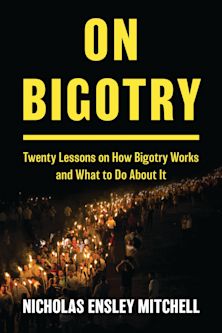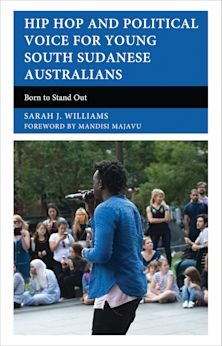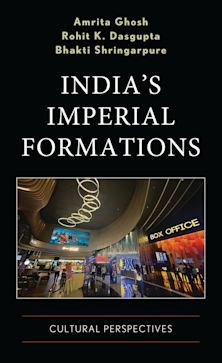- Home
- ACADEMIC
- Politics & International Relations
- Politics - Other
- Turkish Immigrants in the Mainstream of American Life
Turkish Immigrants in the Mainstream of American Life
Theories of International Migration
Turkish Immigrants in the Mainstream of American Life
Theories of International Migration
You must sign in to add this item to your wishlist. Please sign in or create an account
Description
This book focuses on the sociological dynamics of two of the most important Turkish immigration waves to the United States. It describes the wave of early Turkish immigration during the early 19th century and the most recent from the late 20th century. Although a few historians have studied the topic (Karpat, 1985; Acehan, 2005; Micallef, 2004; and Akcapar, 2009), this study utilizes extant international migration and adaptation theories to explore issues related to Turkish immigration to the United States and the outcome explains Turkish immigration to the United States from a distinctly sociological point of view. This book also enlightens the concepts of identity formation across Turkish American generations and analyzes vital distinctions between first and second generation immigrants with regard to their acculturation. Moreover, this book contributes to discussions on cultural tourism, international business relations, and the cultural market. In addition to that, the meaning of race, the existing theories of race, and how the construction of whiteness are points of interest in this book. Finally, the emphasis on intermarriage, religion, and Turkish identity are analyzed.
Table of Contents
Bilal Sert and Sebahattin Ziyanak
1. Sociological Framework and Theories on Initiating Factors, Adaptations Experiences, and Millet Immigrants from the Ottoman Empire
Bilal Sert and Sebahattin Ziyanak
2. Descriptive Analysis for Early Turkish Immigrants
Bilal Sert and Sebahattin Ziyanak
3. Initiating Factors for Early Turkish Immigration to the United States
Bilal Sert and Sebahattin Ziyanak
4. Early Turkish Immigrant’s Adaptation Experiences
Bilal Sert and Sebahattin Ziyanak
5. Theoretical and Practical Implications
Bilal Sert and Sebahattin Ziyanak
6. Academic Success of Turkish Graduate Students at the United States Universities
Jason Hakan Yagci and Sebahattin Ziyanak
7. Understanding the Social Construction of Whiteness through Theories of Race and International Migration: Whitening Experiences and Turkish Immigrants
Sebahattin Ziyanak
8. Ahiska Turks in the United States Since 2004
Sebahattin Ziyanak
9. Global Remedies: How a Turkish Tycoon Conveyed International Culture to Oklahoma
Sebahattin Ziyanak and Dian Jordan
10. Theories for Immigrants and the Second Generation in the Unites States: Transnationalism and Turkish Transmigrant Identity
Sebahattin Ziyanak
Product details
| Published | 15 Sep 2018 |
|---|---|
| Format | Ebook (Epub & Mobi) |
| Edition | 1st |
| Extent | 150 |
| ISBN | 9781498578776 |
| Imprint | Lexington Books |
| Illustrations | 2 BW Illustrations, 6 Graphs, 4 Tables |
| Publisher | Bloomsbury Publishing |
About the contributors
Reviews
-
This study brings to the discussion the idea of the multiplicity of identity, which the individual may carry, with all the concomitant implications this has for the concept of local and national boundaries. The author also provides in depth insight as to how transnationalism is different from other concepts described in the history of migration. In addition, this book demonstrates how important prevailing migration theories are in understanding the ongoing assimilation process of second-generation immigrants in the United States.
Jean Ait Belkhir, Southern University at New Orleans
-
In their book, Turkish Immigrants in the Mainstream of American Life, Ziyanak and Sert offer a detailed, informed, and sociologically-driven analysis of the histories of Turkish immigration, as well as their varied integration experiences in the United States. Ziyanak and Sert deliver a rich and evidence-based narrative that draws upon public records, empirical research, census data, archived newspaper articles, history books, and records from Turkish Cultural Centers, explored through the lenses of an array of socio-historical research methods. This book is an important contribution to the literature on the Turkish-American experience.
Joseph Comeau, Georgia Southwestern State University


































